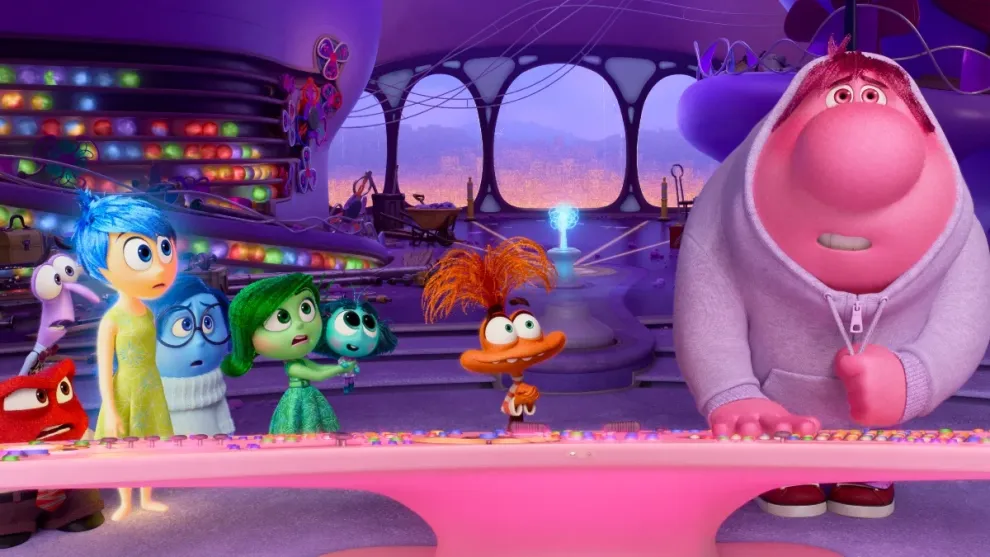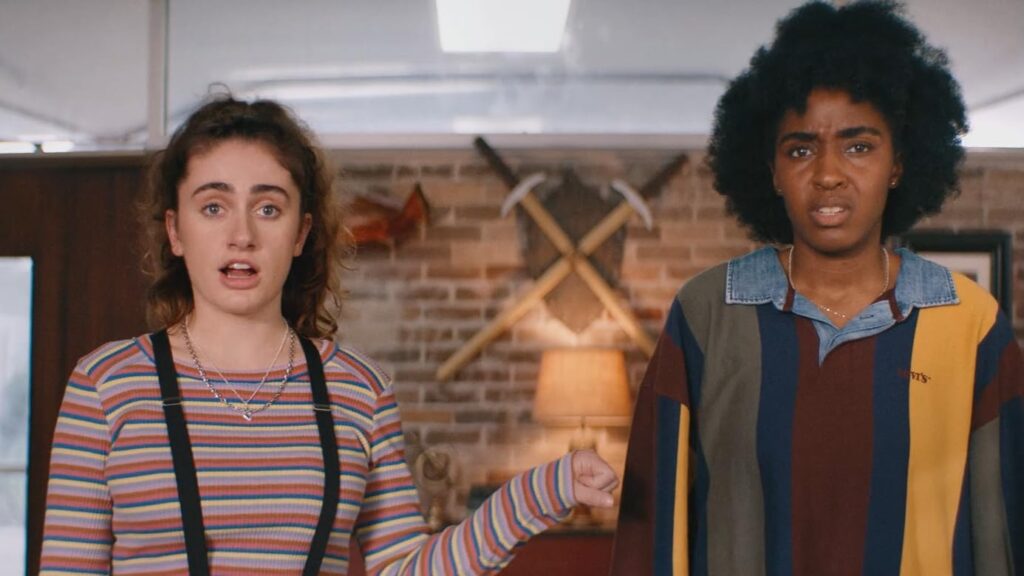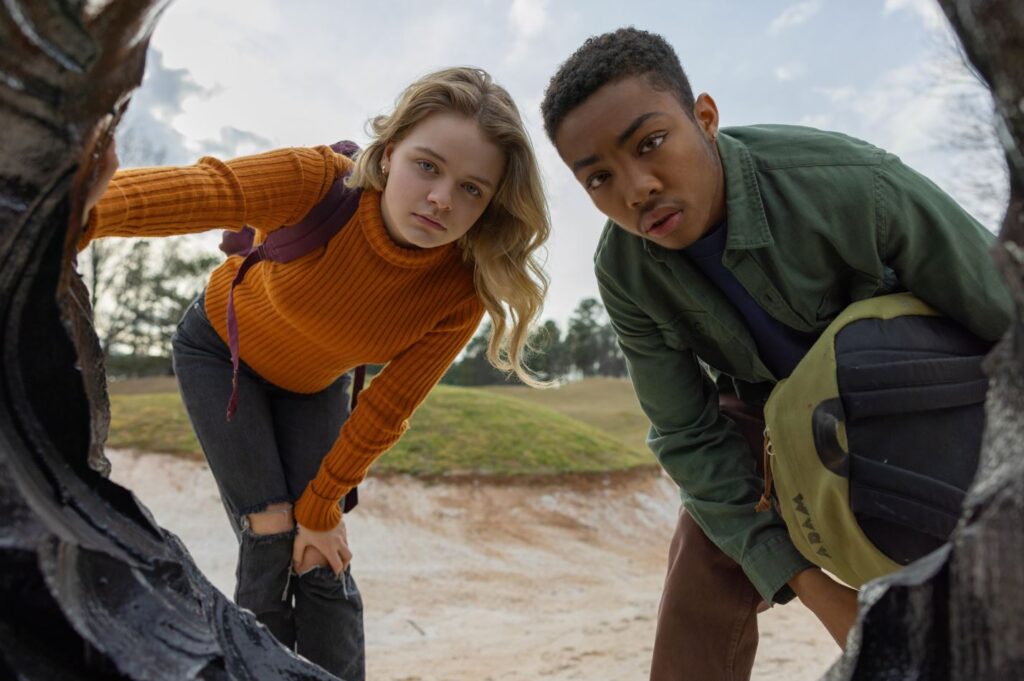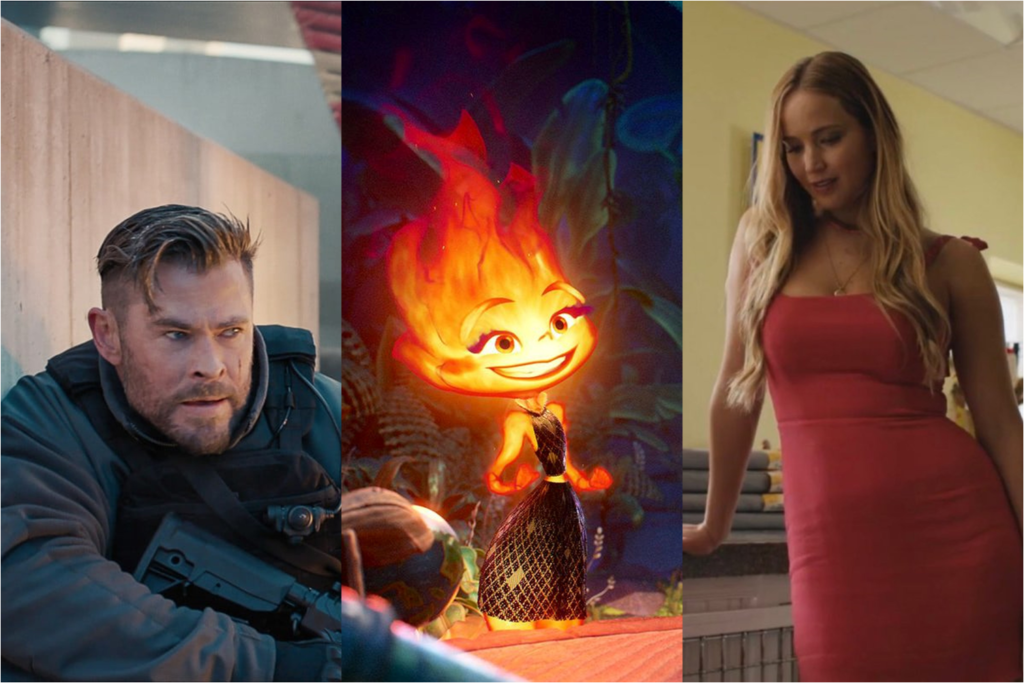Janet Planet: Smothering Instinct
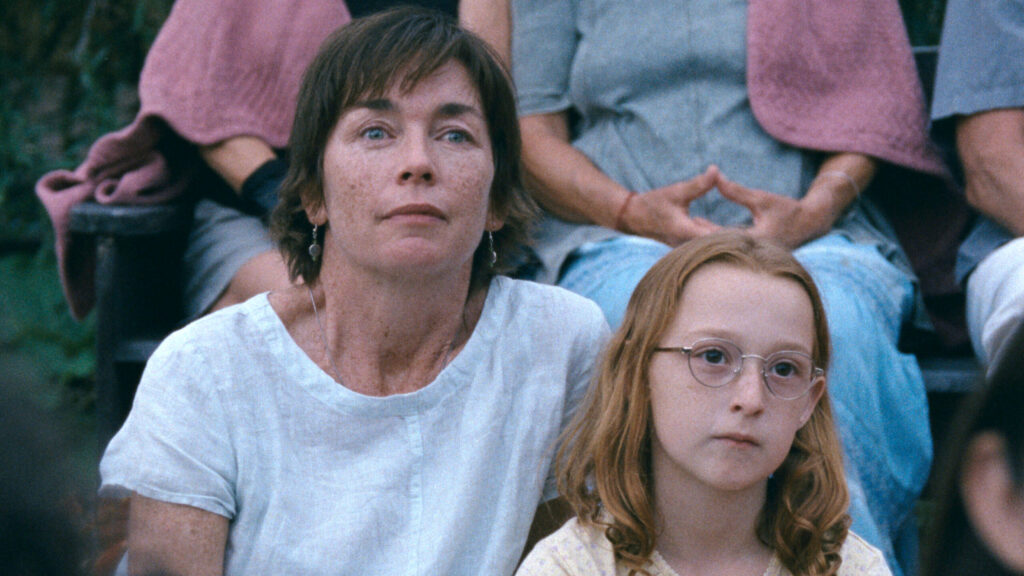
Lacy is bored. Eleven years old and marooned in her woodland home in western Massachusetts, she has no friends, no hobbies (compulsory piano lessons don’t count), and no apparent reason to live. “If you don’t come get me, I’m gonna kill myself,” she declares on the phone in a prayer for deliverance from sleepaway camp. It’s an empty threat because nothing in Lacy’s life is all that bad—her fellow camp kids and counselors seem perfectly nice—but such mediocrity is just another affront. If things were terrible, at least she’d have something to rail against. Having nothing to complain about is somehow worse.
Janet Planet, the directorial debut of Annie Baker, is an eerily persuasive piece of storytelling that understands Lacy’s circumstances almost too well. It transpires over a few sleepy summer months in 1991, and it evokes her predicament—the specific sensation of flailing against the aimlessness of youth—with a clarity that verges on lethargy. In so convincingly depicting tedium, it risks succumbing to it. Read More

